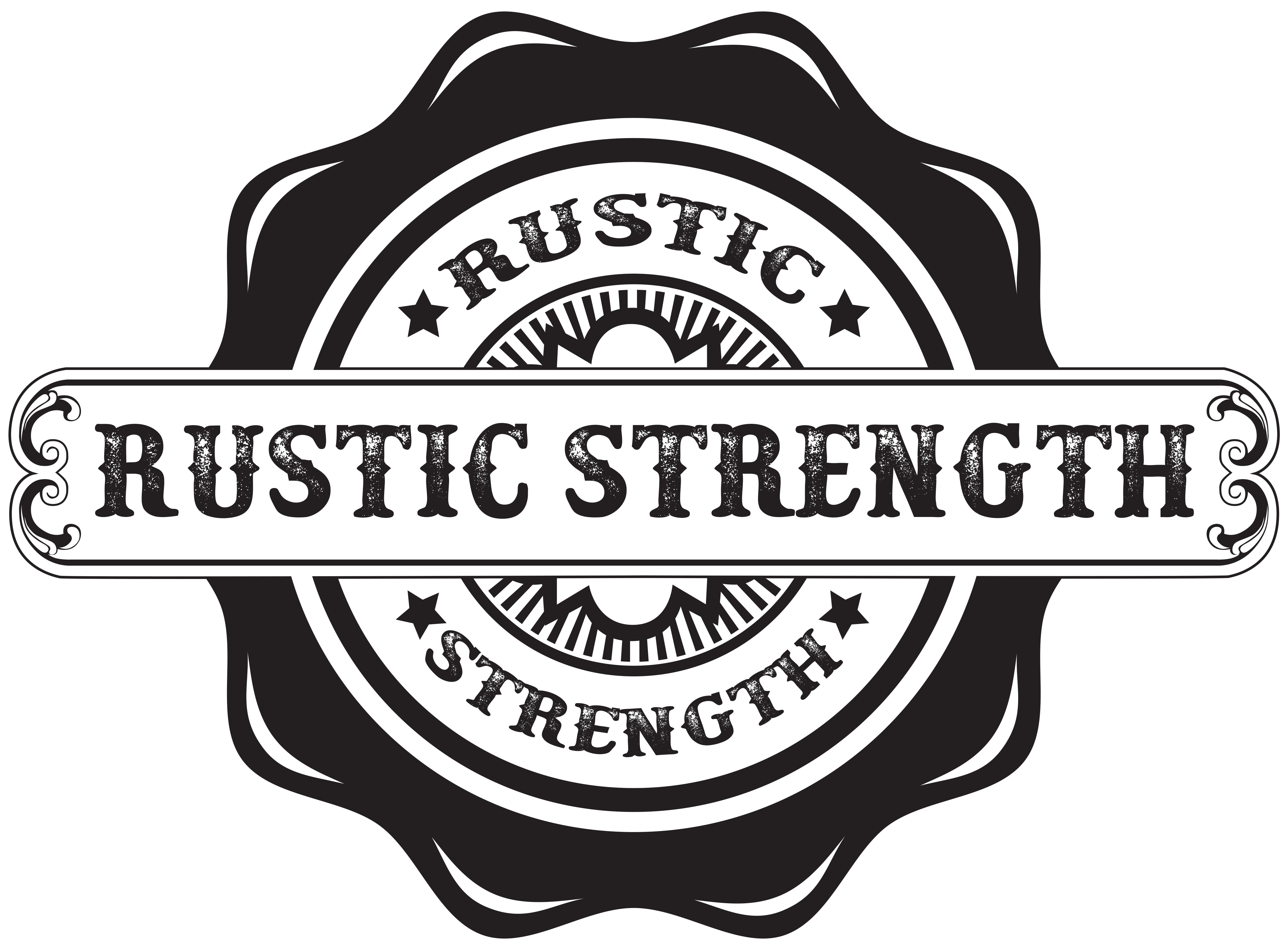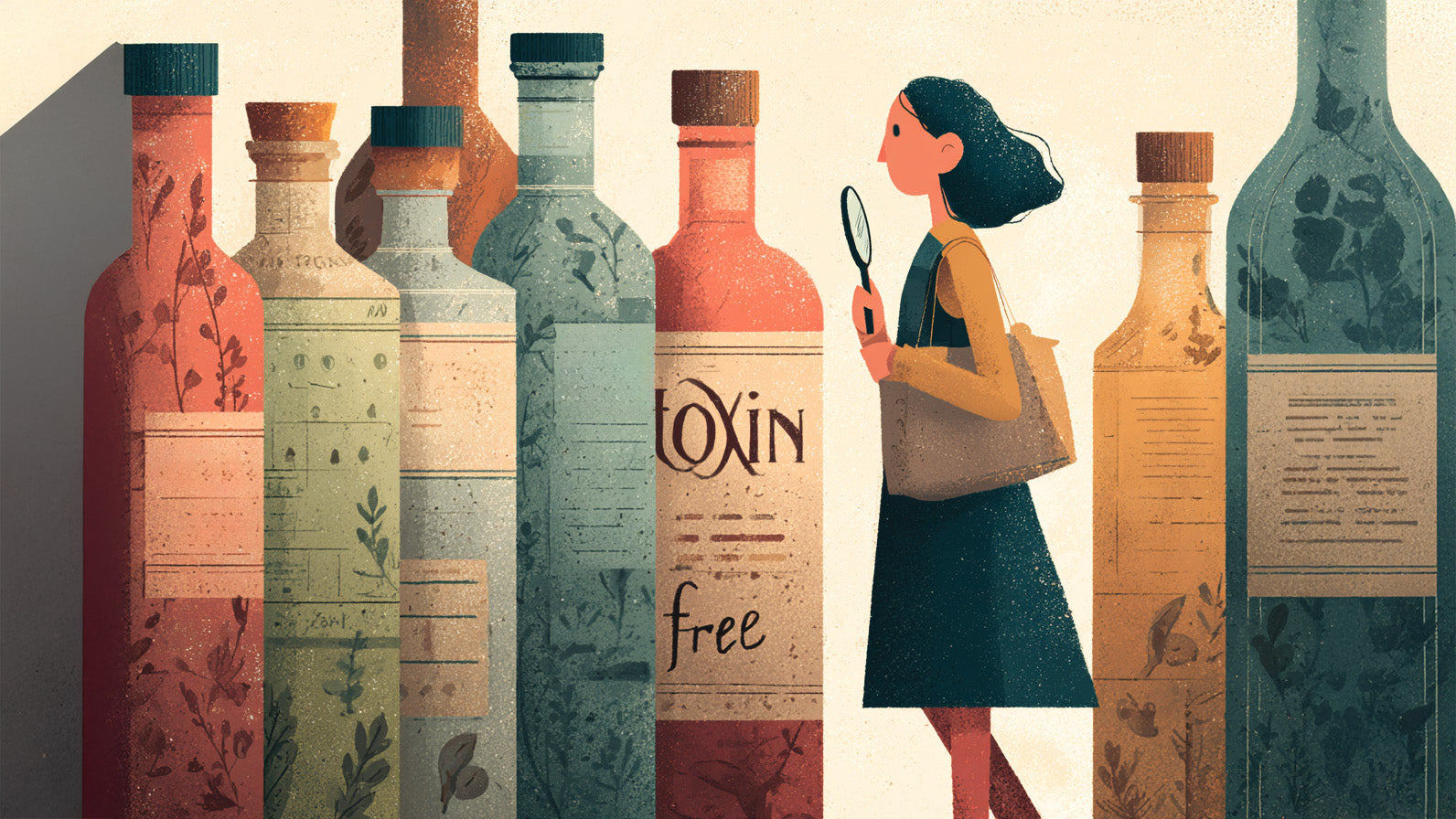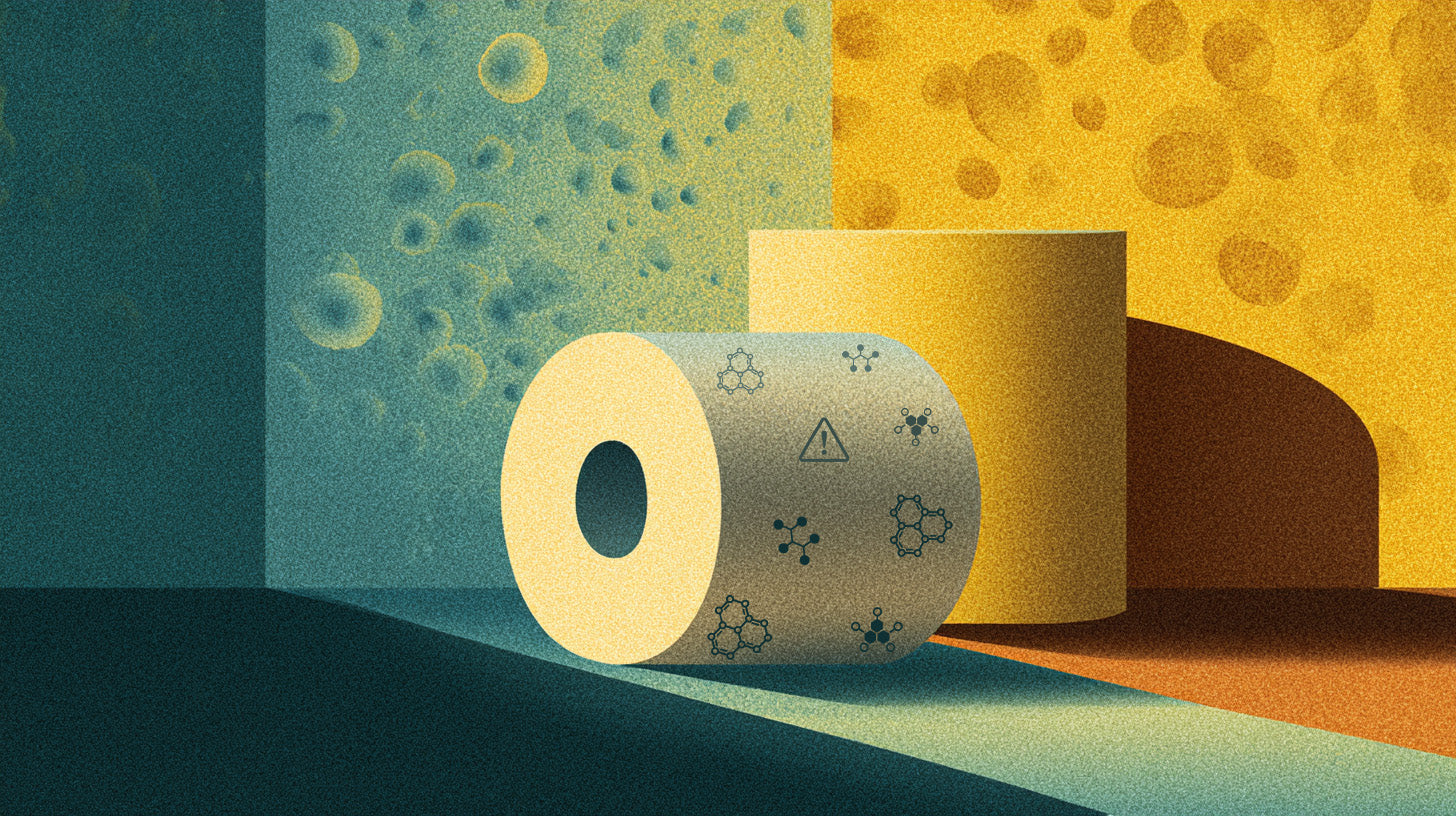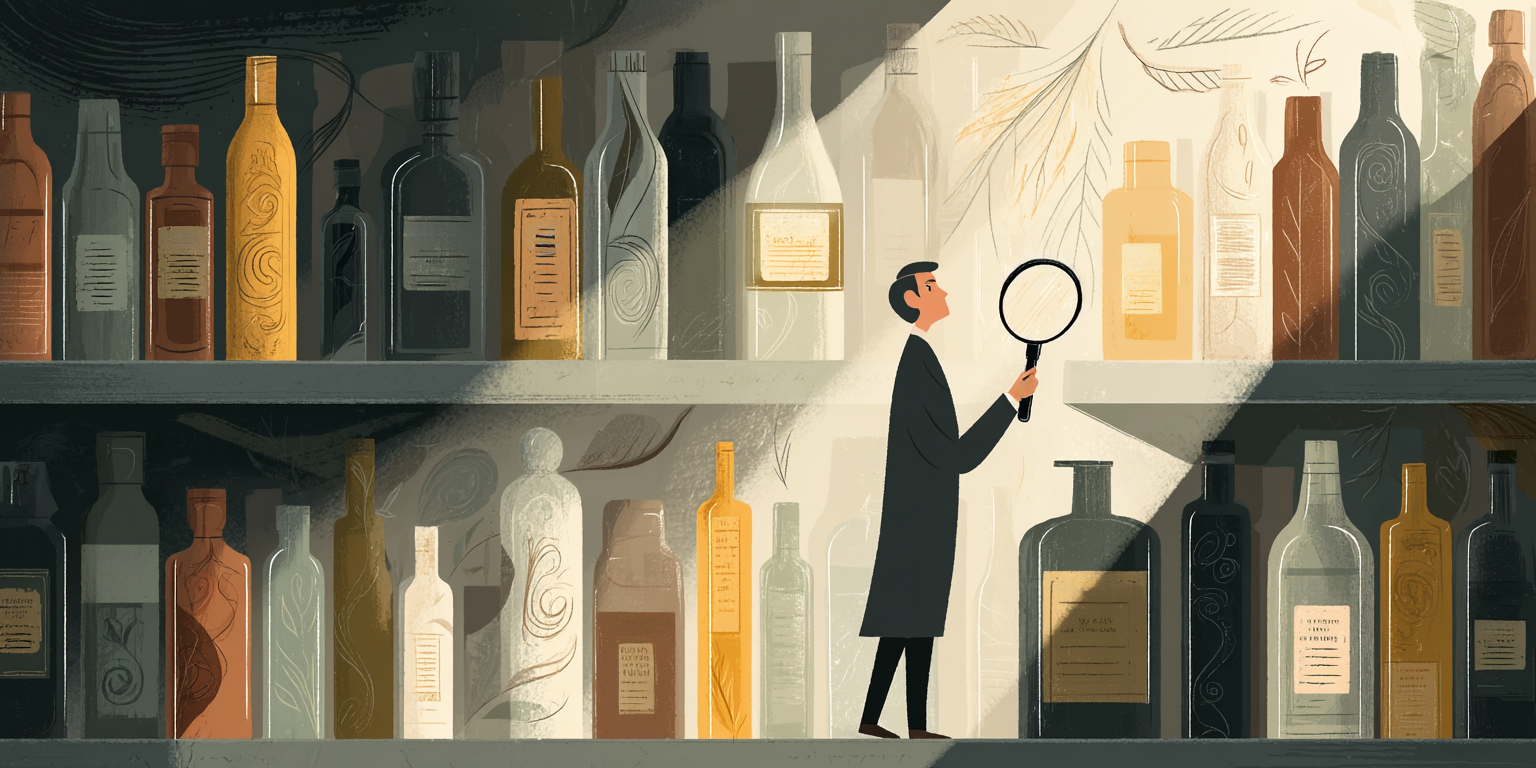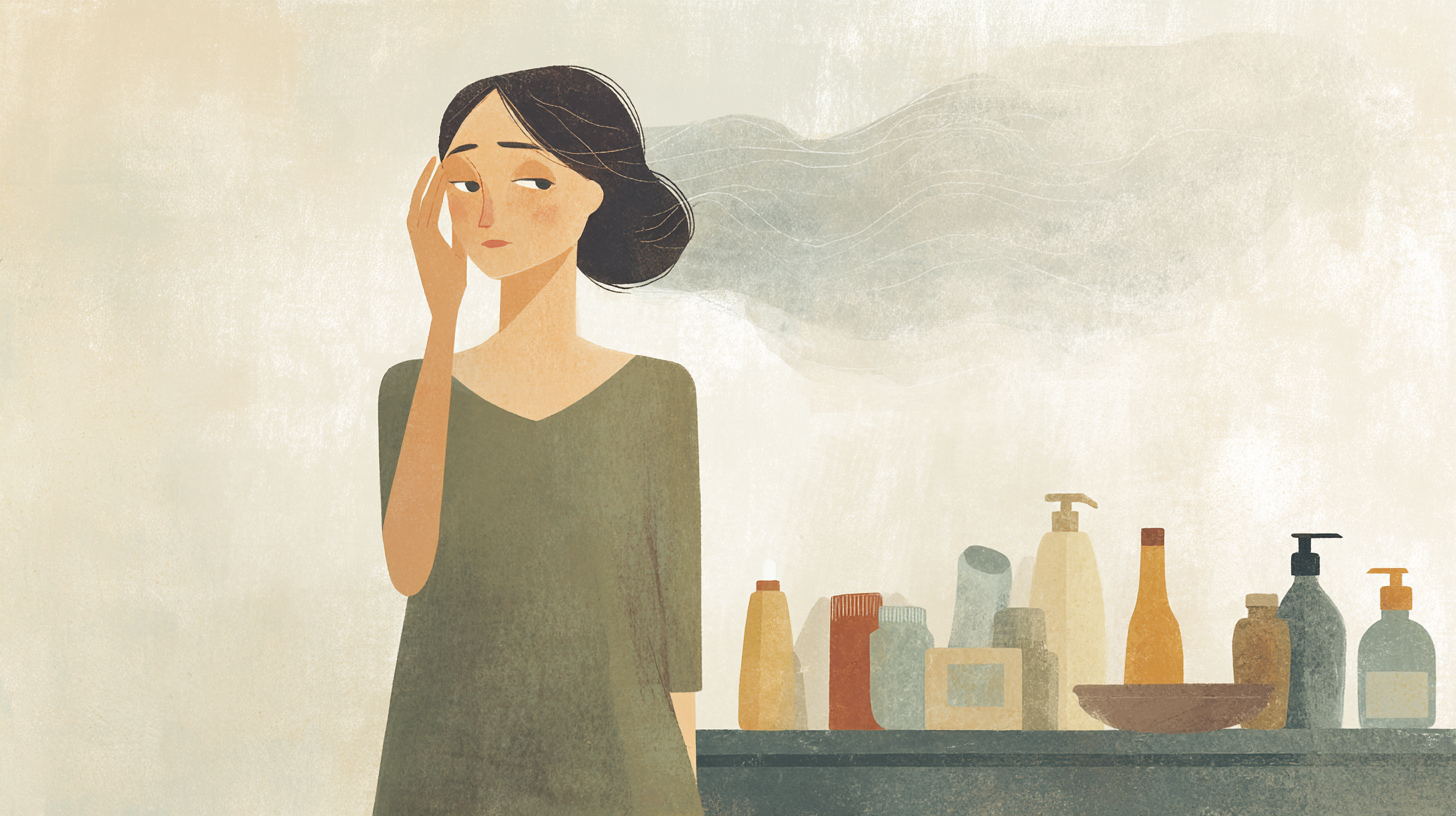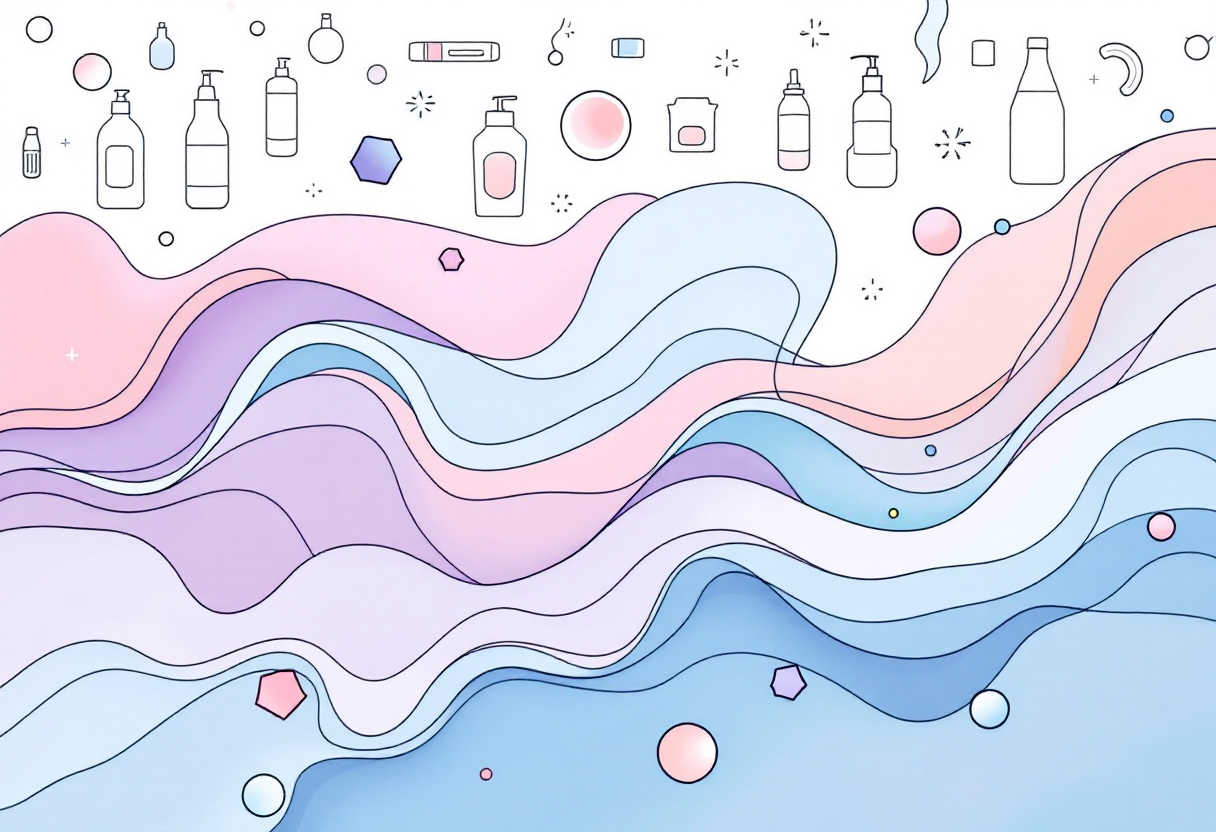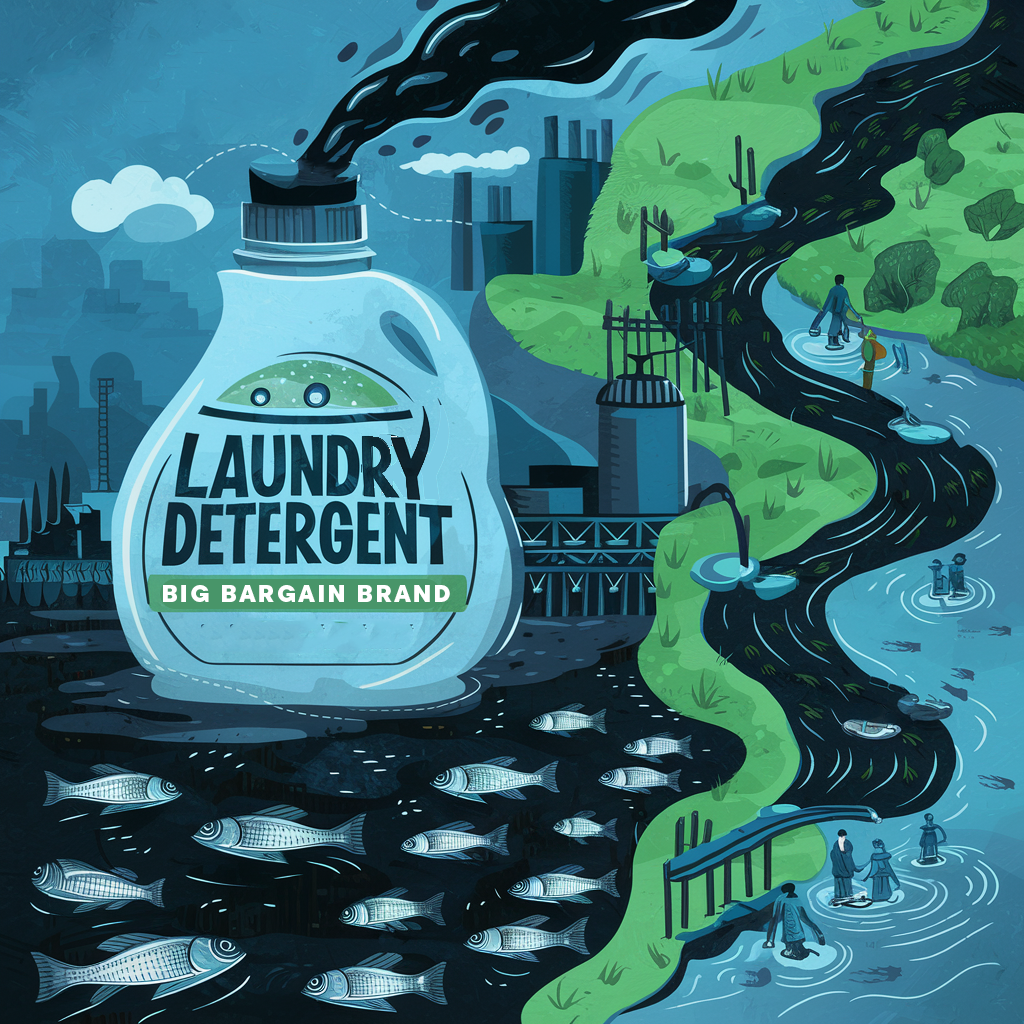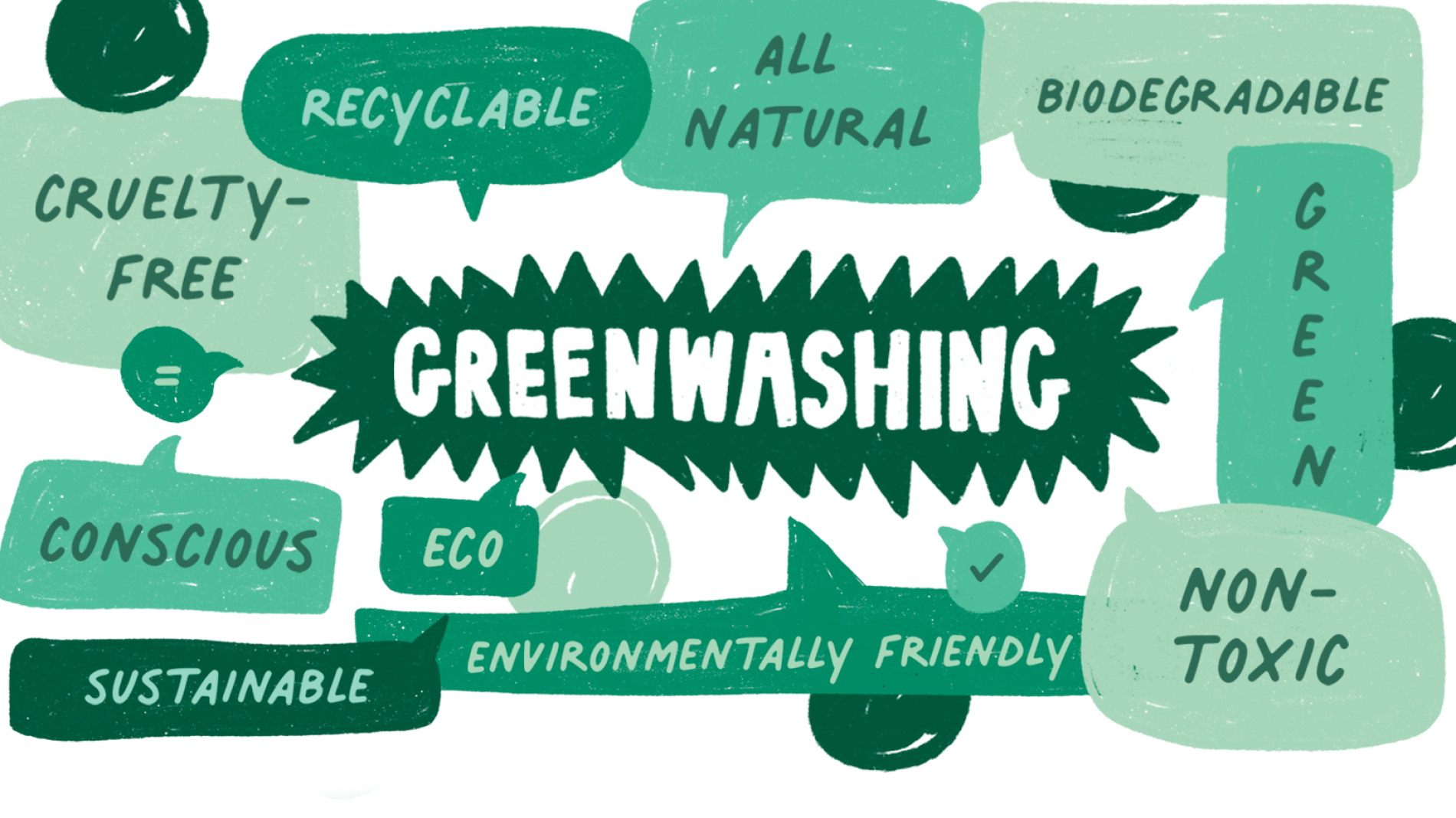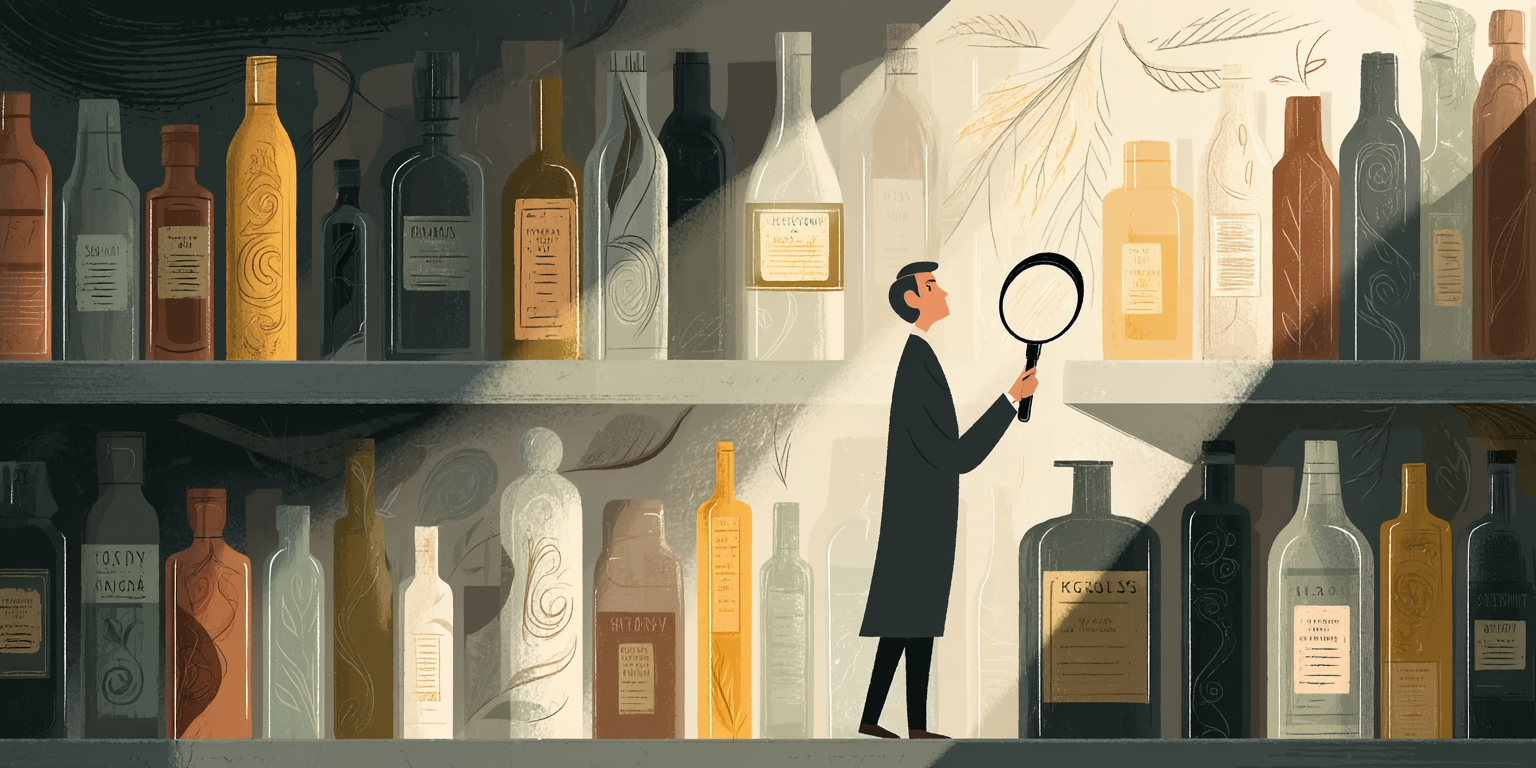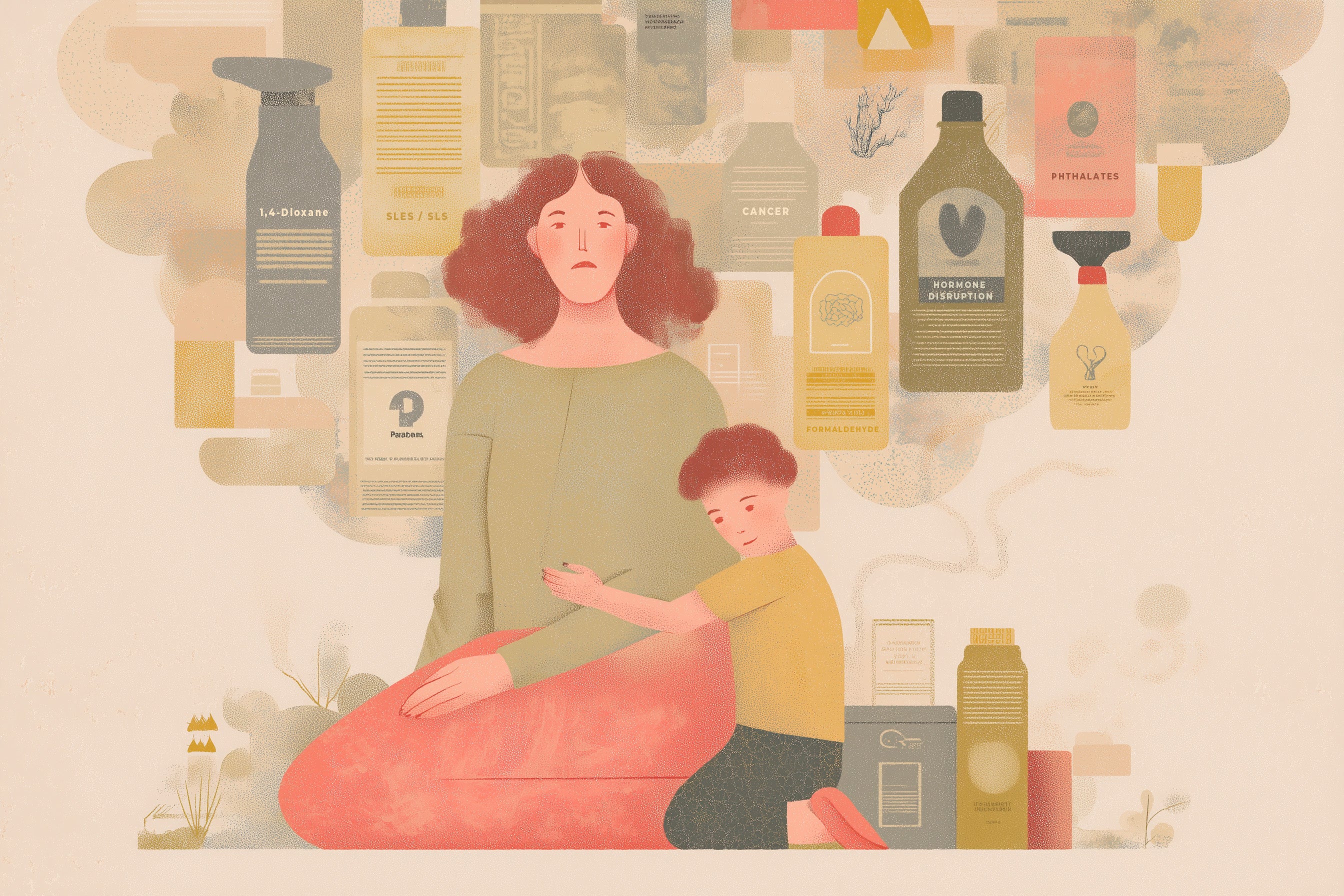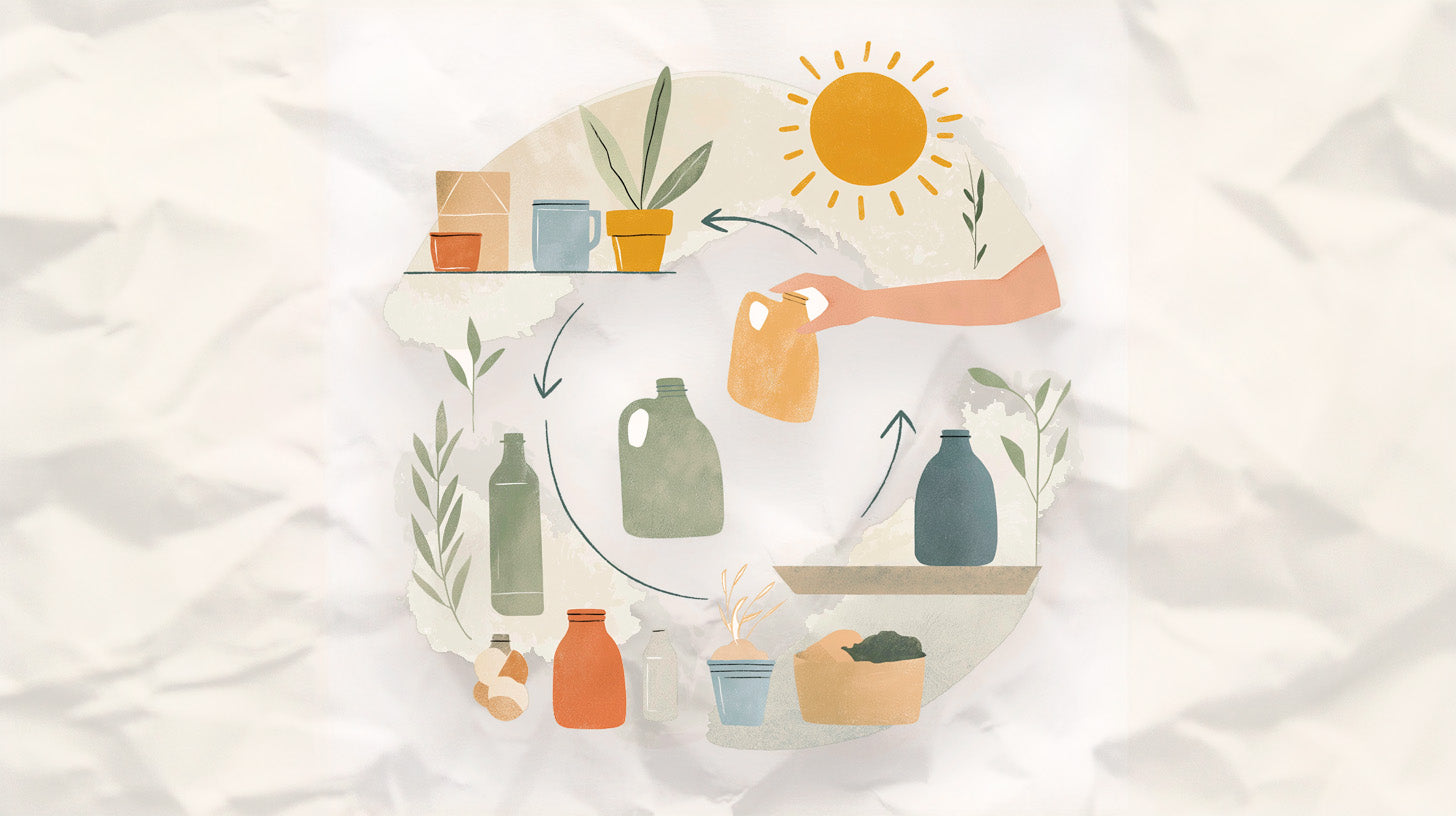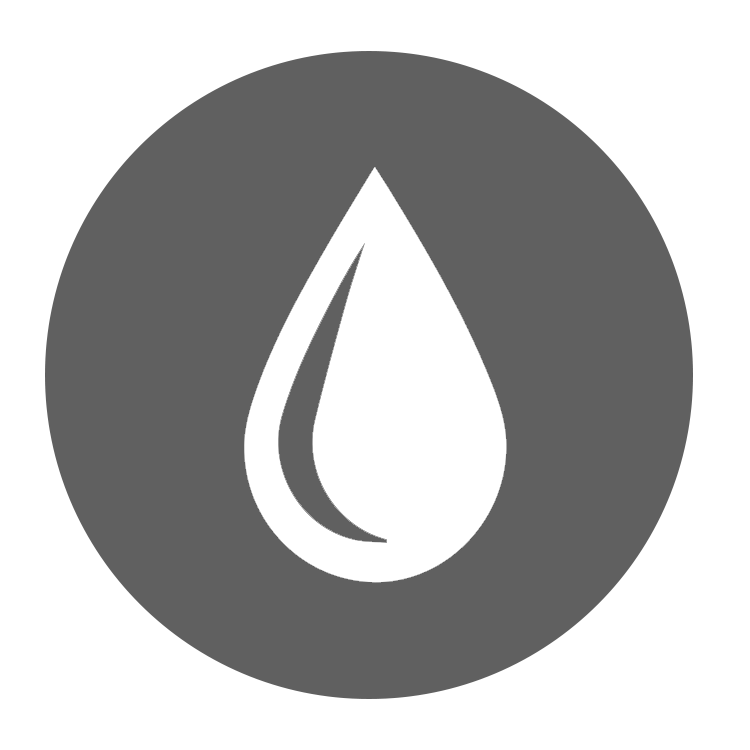“Toxin-free” has become a trendy label, and we see it plastered across everything from shampoo to laundry detergent. Seeing it everywhere, let's be honest, does it actually mean anything? More importantly, is it always better or safer?
In this article, we will break down the buzzword, decode the science, and empower you to make product choices based on facts, not fear or slick marketing.
The Problem: Buzzwords Without Backing
In the clean-living space, “toxin-free” is often used as a catch-all to suggest purity and safety. There is a loophole with that since there is no legal or scientific definition for “toxin-free” on consumer products. This means brands can slap it on a label without proving a thing.Meanwhile, some ingredients vilified as “toxic” are actually safe at the levels used or essential for a product’s function, like preservatives that prevent bacterial growth. On the flip side, just because something is “natural” doesn’t make it harmless, such as poison ivy or Belladonna.
 Why This Matters: Health, Misinformation, and Greenwashing
Why This Matters: Health, Misinformation, and Greenwashing
Consumers deserve ingredient transparency, not more fear tactics. The wellness industry is now worth billions and unfortunately some brands use “toxin-free” as a greenwashing tool to charge more while offering very little real benefit or compromising product performance and safety.
Here’s what’s at stake:
- Preservation & Safety: Removing preservatives without safe alternatives can make products go rancid or harbor harmful bacteria.
- Misinformation Overload: Many influencers and affiliate marketers spread oversimplified, non-evidence-based advice in exchange for commissions.
- False Security: A “toxin-free” label can distract from the real risk of hidden ingredients under loopholes in labeling laws. There are ingredients that are never listed since they are not technically “added ingredients” but are a byproduct of ethoxylation, such as the known carcinogen, 1,4 Dioxane.
So… Is 'Toxin-Free' Always Safer?
Not necessarily.
Some brands do use “toxin-free” to communicate real values: no endocrine disruptors, no carcinogens, and transparency about what is inside. Other brands will use it as a vague promise without substance. Safety isn’t about the label. It is about the formulation, sourcing, and full ingredient list.
Instead of blindly trusting a term, ask:
- Are ingredients backed by credible science and third-party review?
- Are they used in safe formulation?
- Is the full ingredient list disclosed?
- Is the product microbiologically stable with safe preservative options (especially for water-based products)?
Smart Swaps: What to Look for Instead
You don’t need to fall for fear-based marketing. Here is how to spot the real deal:
- ✅ Look for transparent labeling — no vague “fragrance” loopholes
- ✅ Choose products with safer preservatives (not formaldehyde-releasers such as DMDM Hydantoin or Quaternium-15)
- ✅ Research ingredients from multiple sources
- ✅ Support brands with integrity — Those that educate instead of scare
 Our Standards at Rustic Strength
Our Standards at Rustic Strength
At Rustic Strength, we don’t play word games. We believe in:
- Full ingredient disclosure
- Scientifically sound formulations that work but avoid known carcinogens and toxins
- Safer preservatives like Potassium Sorbate and Sodium Benzoate
- Biodegradable, plant-based ingredients
- No endocrine disruptors, no synthetic dyes, and no misleading labels
Myths
While “natural” may sound like a guarantee of safety, that isn’t always the case. Arsenic is natural. So is Belladonna. Even beneficial natural substances, like essential oils, can cause skin irritation or allergic reactions in some individuals. Safety depends not just on the source of an ingredient, but on how it’s used, how much is present, and who is using it.
On the flip side, the word “chemical” has been unfairly villainized. Everything you interact with, your food, your water, your body, is made of chemicals. The issue isn't whether something is “a chemical,” but whether it's harmful in the dose and form used. As the saying goes: “The dose makes the poison.” Even water can be deadly in excess, while many so-called “synthetic” ingredients are safe, stable, and highly effective in small amounts.
In short, fear-based marketing thrives on oversimplification. But real safety lives in the nuance and where science, formulation, and transparency meet.

Conclusion: Don’t Fall for the Label—Look Beneath It
“Toxin-free” might sound reassuring, but it is often just a marketing term. True safety comes from transparency, responsible formulation, and ongoing education and not following the trendy buzzwords.
Choose brands that show their values instead of selling them. When in doubt, read the label. Ask questions and demand better for yourself and your family.
A label doesn’t protect your health. High-Purity ingredients and integrity do.
We Invite You to Do Your Own Research
Scientific journals and articles are the foundation of evidence-based decisions at Rustic Strength. Blogs can provide helpful information. However, if they cannot cite scientific articles, their claims stand on little.
- How Greenwashing Threatens Influencers and the Creator Economy
- What role do social media influencers play in greenwashing?
- 1,4 Dioxane in Cosmetics: A manufacturing byproduct
Why Ingredient Transparency Matters at Rustic Strength
Our mission began when our founders, Brandon and Alicia, traced their toddler’s severe allergic reactions back to “safe” household cleaners. Unable to find products that were both gentle and genuinely high-purity, they started formulating their own—free of phthalates, sulfates, 1,4-dioxane, and other hidden irritants.
Today, every Rustic Strength label and product page lists every ingredient—no secrets, no green-washing—so you can choose with confidence and keep harmful chemicals out of your home. See more about what we use and avoid.
Our hope is that by understanding the components of our products, you can make informed decisions about what you put on your skin and in your home, ultimately avoiding a mysterious illness as our son had.
Don’t be fooled by vague marketing. Whether or not you buy from us, we urge you to read labels, research ingredients, and demand full transparency for a healthier family and planet.
Trying to reduce toxins in your home, but don't know where to start? Visit our blog How to Relieve Your Toxin Burden for easy actionable ways to begin investing in your health today.
Still have questions? Feel free to reach out to our email: customercare@rusticstrength.com. We would be more than happy to answer your questions.
